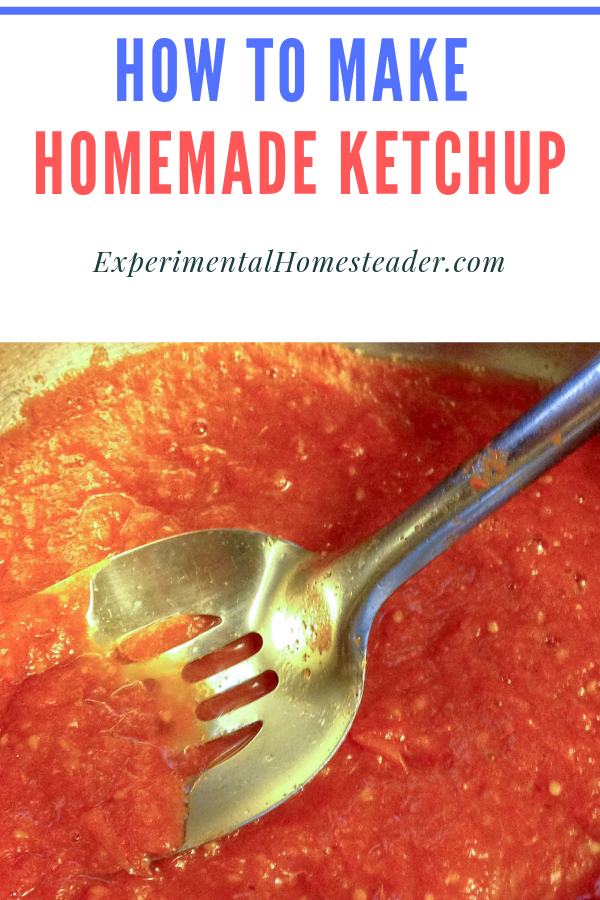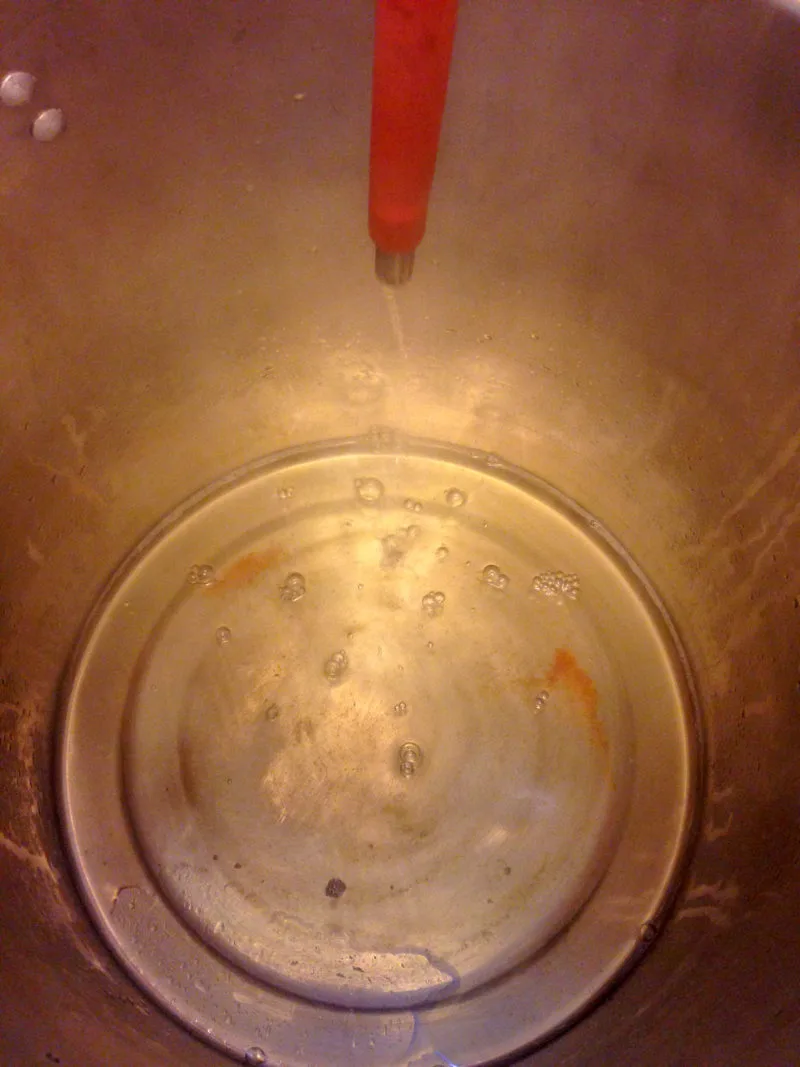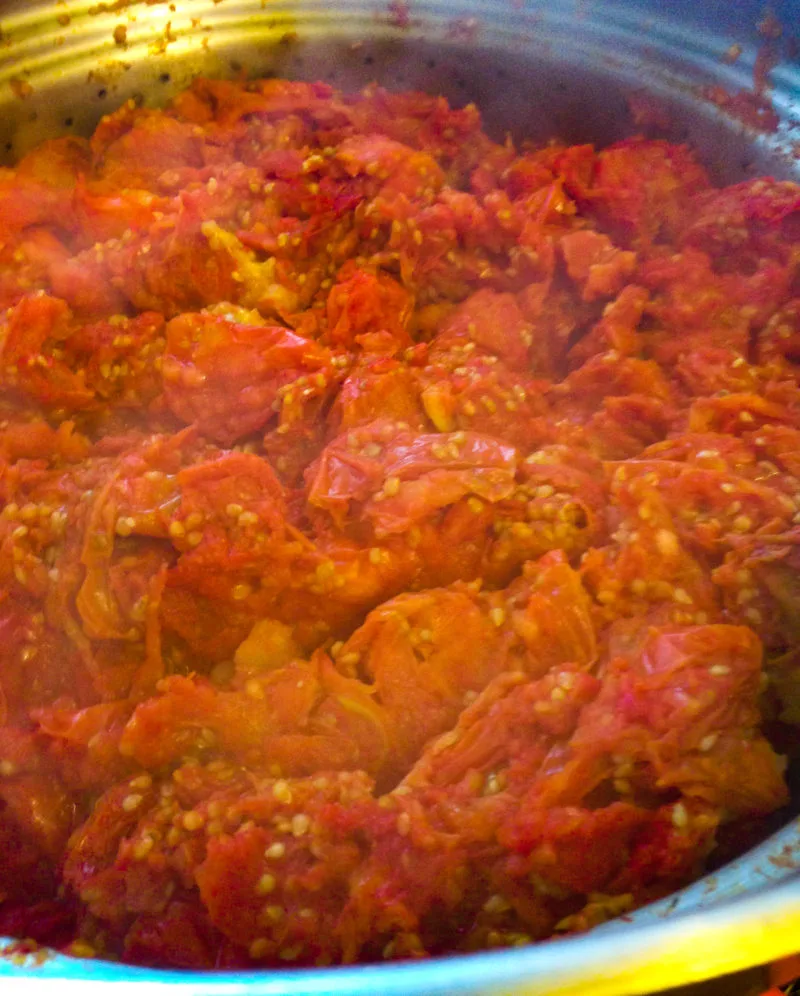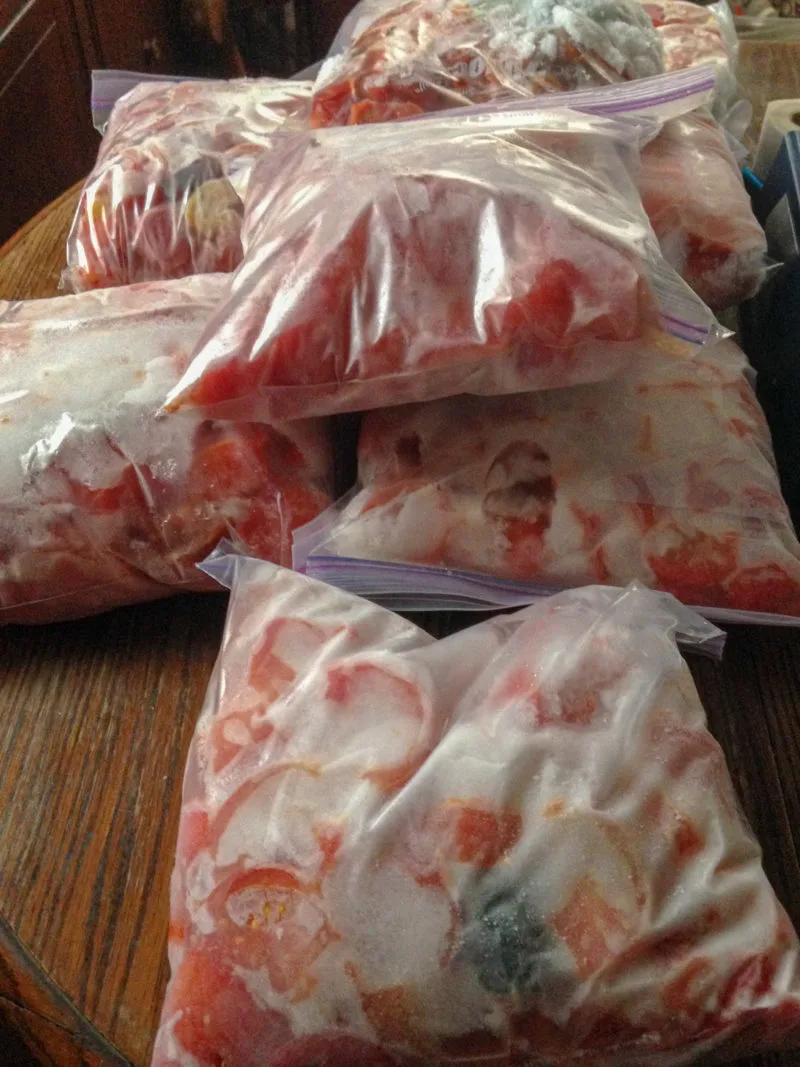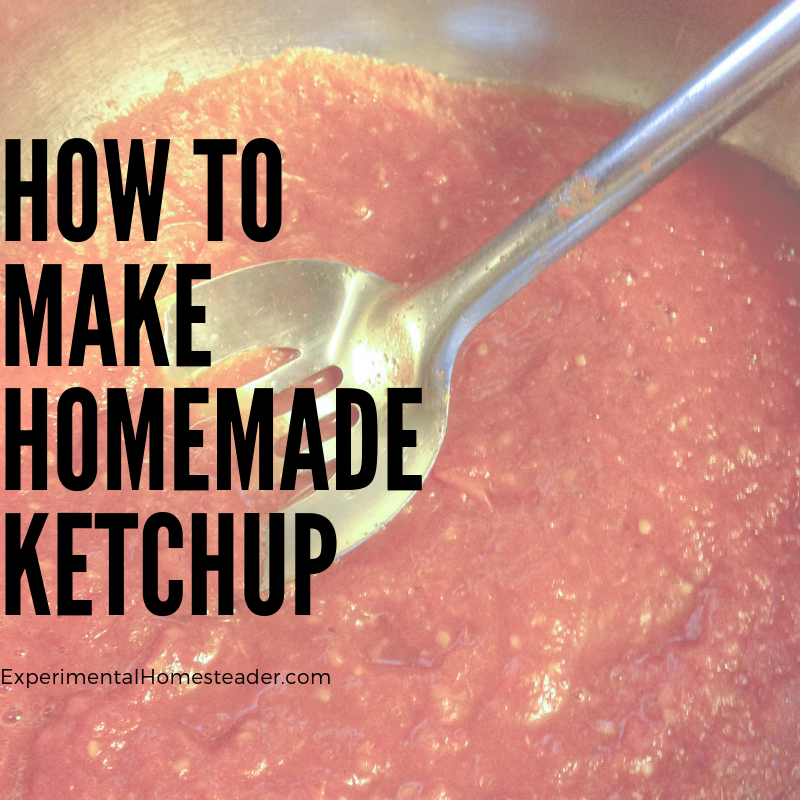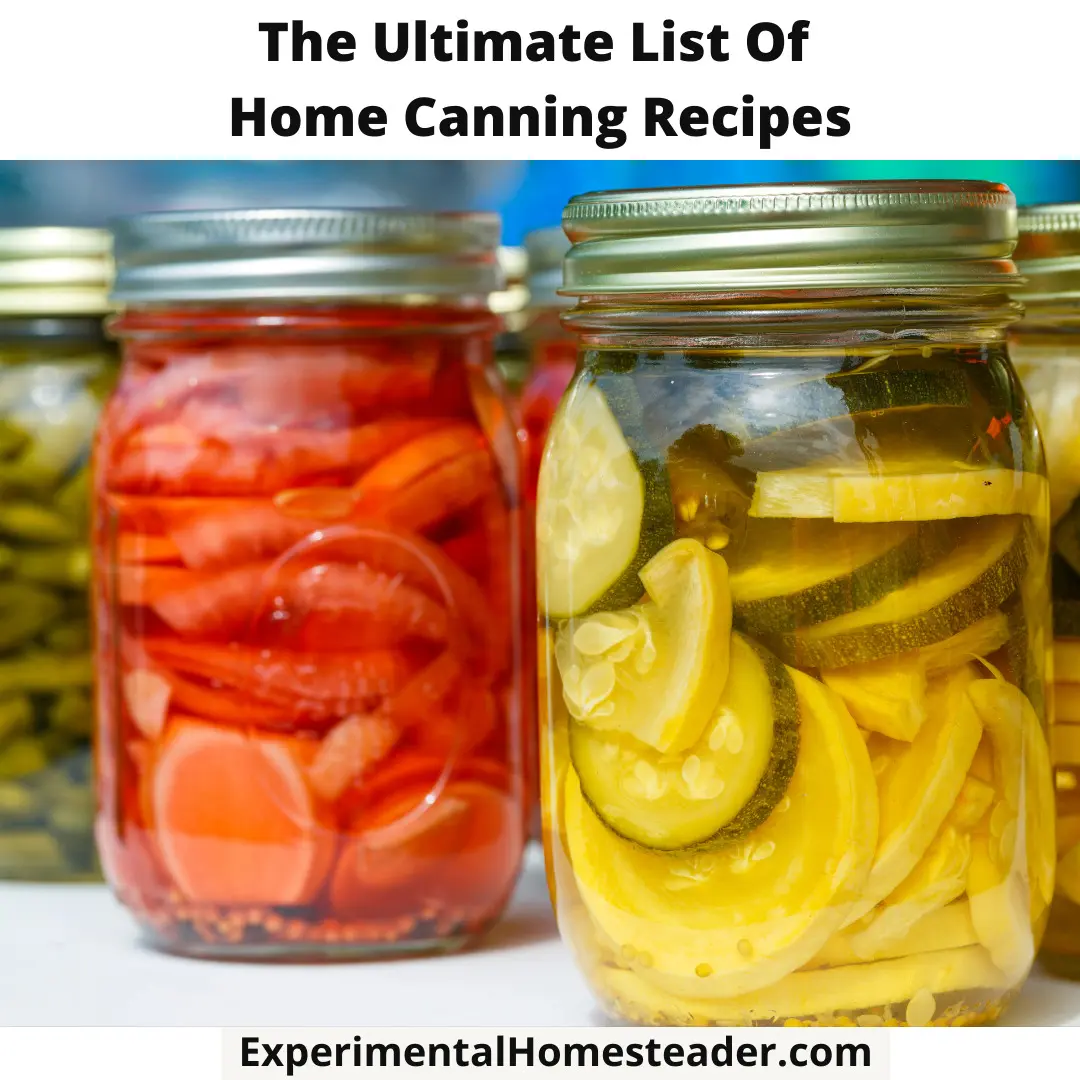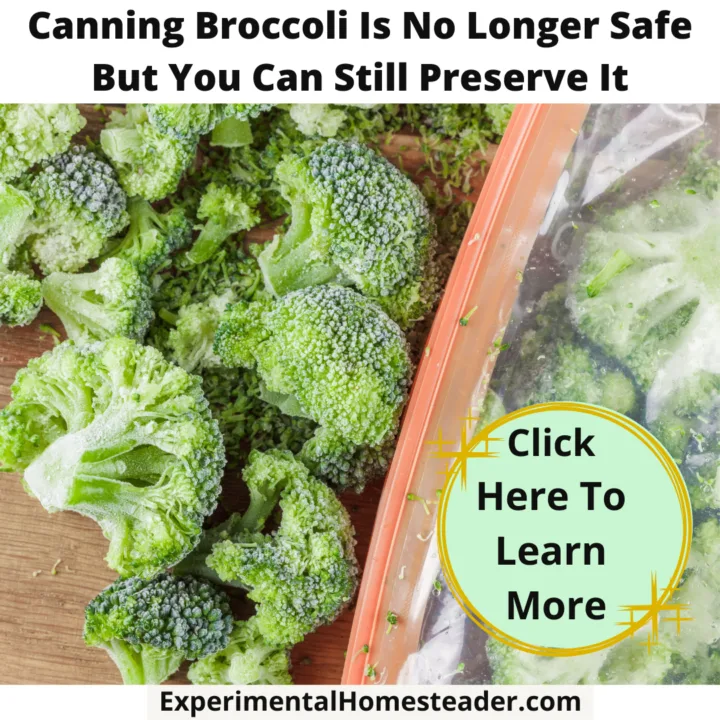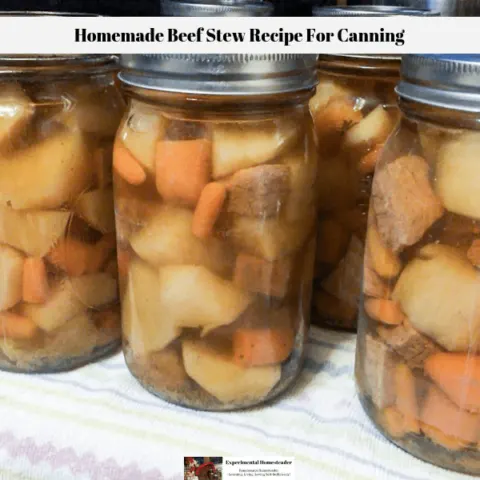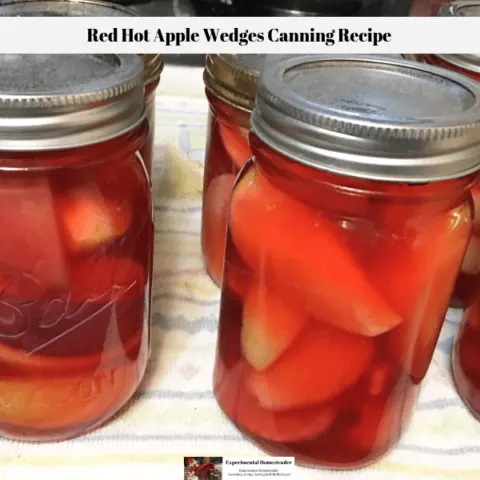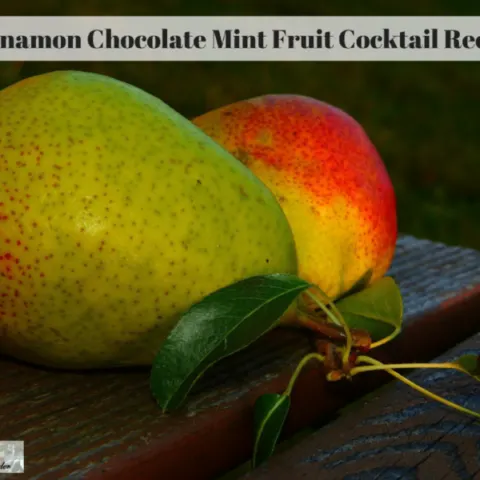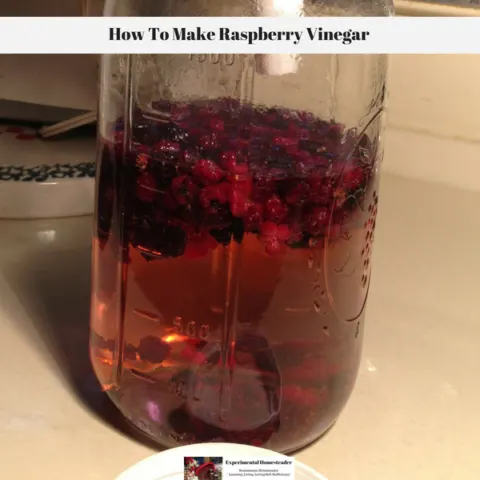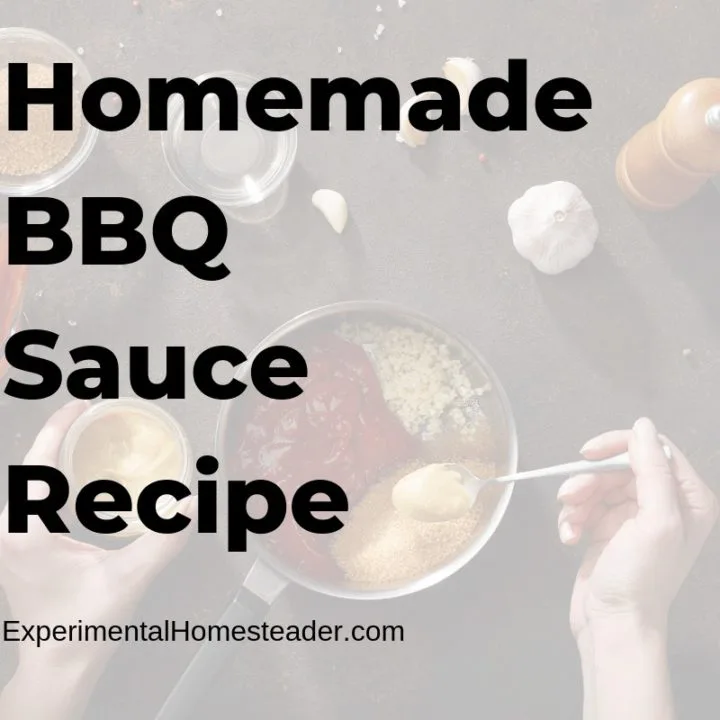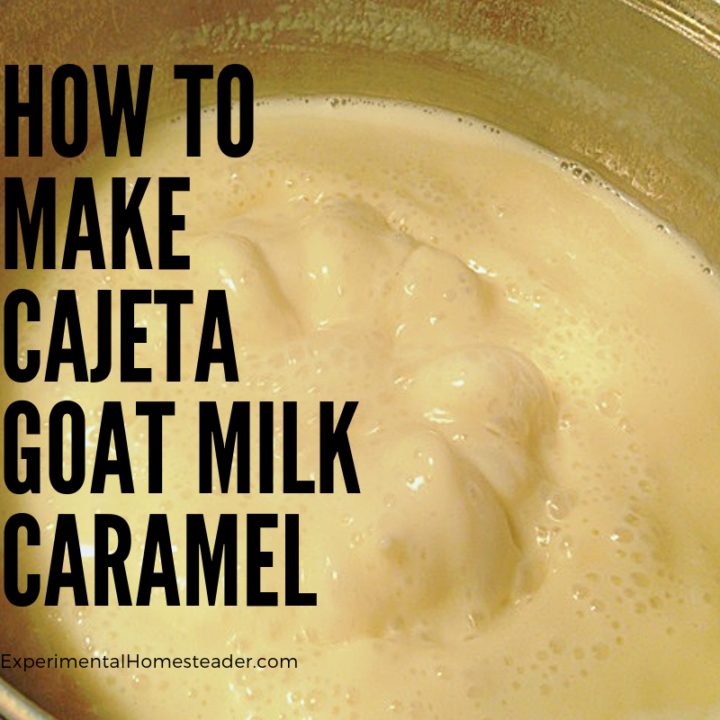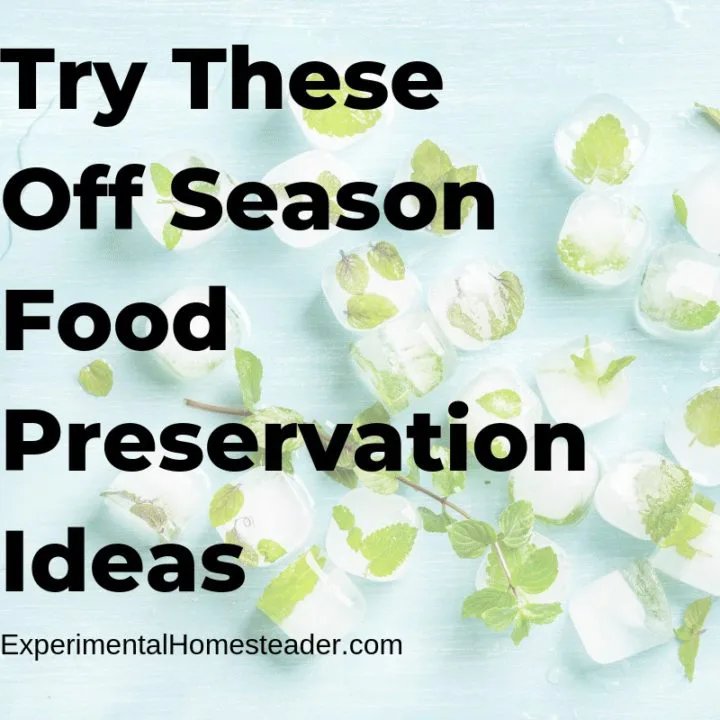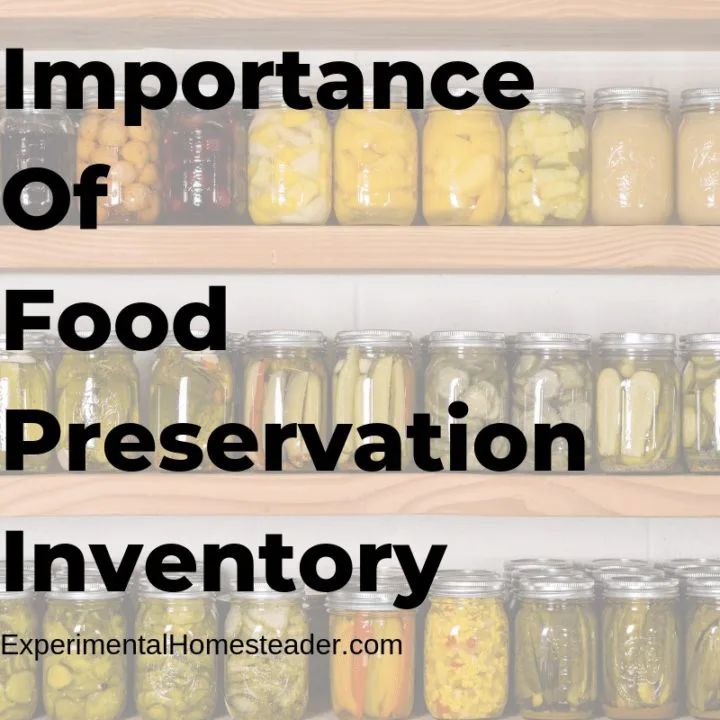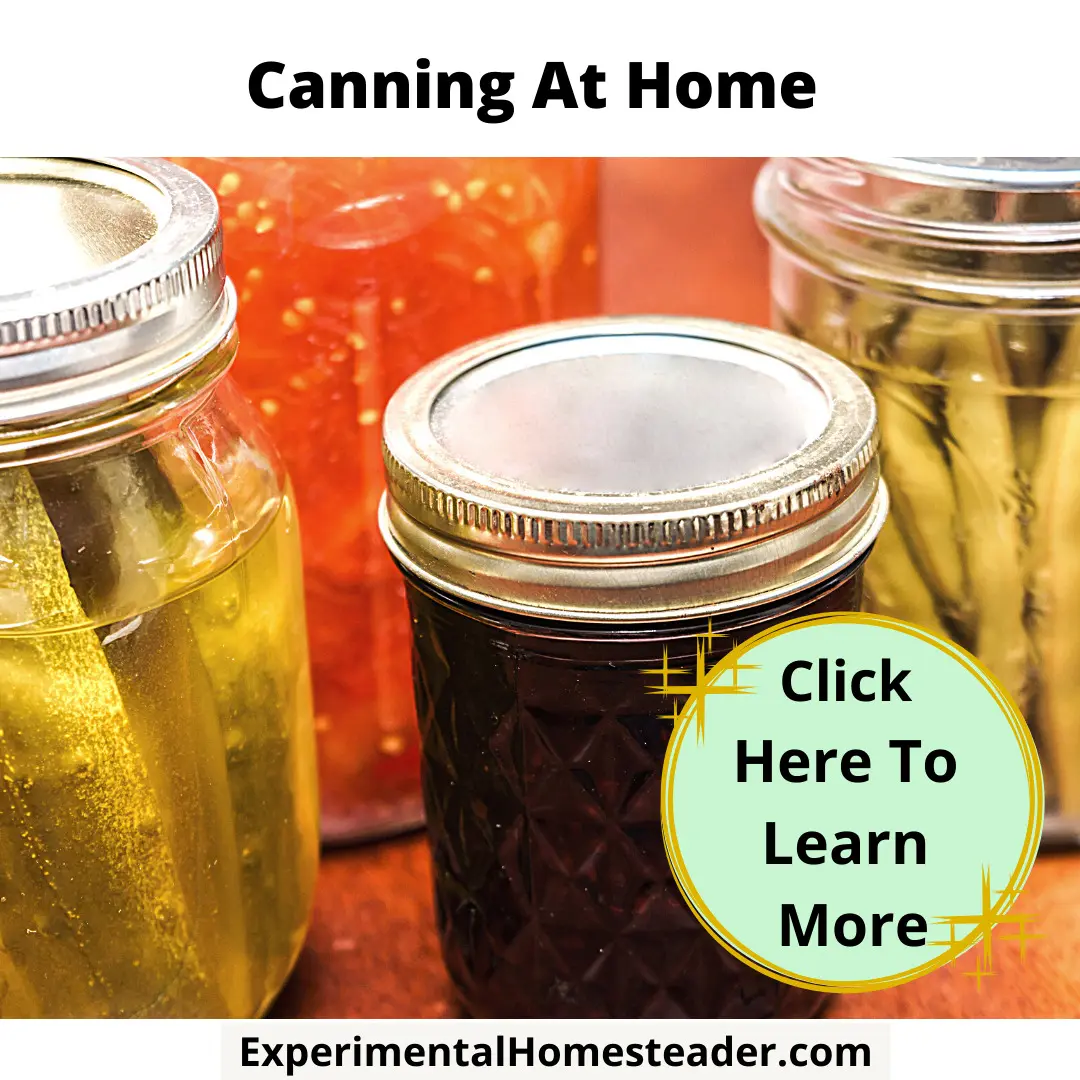Learn how to make homemade ketchup from scratch right in your own kitchen using fresh tomatoes from your garden!
The truth is, there is nothing that tastes quite as good as something you make from scratch in your own kitchen.
This is true rather it is special meal, a dessert or something as simple as this homemade ketchup recipe.
This recipe is simply outstanding, plus it's easy enough to can that you can stock your pantry with enough homemade ketchup to last throughout the winter months.
Once you have a taste of this, you will never go back to store bought ketchup again!
How To Make Homemade Ketchup From Scratch The Easy Way
To make a really thick ketchup you need to remove the tomato juice from the tomato paste.
The easiest way to do this is to use a steamer juicer such as the Mehu-Liisa Juicer Steamer.
When the steamer is finished extracting the juice, be sure to can the tomato juice because it works well in soups or simply to boil down and make homemade tomato soup.
This is tomato juice in its purest form and tastes fantastic.
There are many uses for this, so be sure to can it so you have it in your pantry when you come across a recipe that calls for either water or tomato juice.
As long as the recipe would taste good if it had a slight tomato flavor you can use the tomato juice you canned in place of water or other liquid such as broth.
The tomatoes that are left in the top of the steamer juicer are what you want to use to make the homemade ketchup with.
You can remove the seeds and skins or simply blend the mixture until it is smooth, whichever you prefer.
However if you do blend the mixture, the sauce will still contain some seeds and skins.
While this does not hurt anything, some people want a really smooth ketchup, so straining it after it is blended is recommended for those people.
Be sure to follow all safe canning practices when making this homemade ketchup recipe.
Print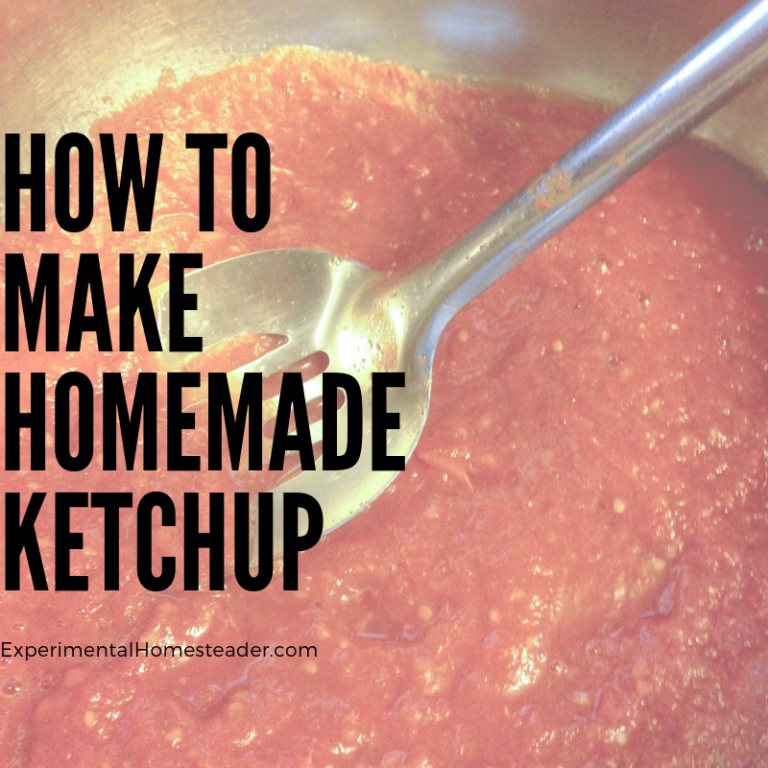
How To Make Ketchup From Scratch
- Total Time: 1 hour 45 minutes
- Yield: 7 pints 1x
Ingredients
- 24 pounds tomatoes, fresh or frozen*
- 3 cups apple cider vinegar
- 1 ½ cups cane sugar
- ¼ cup canning salt
- 3 Tablespoons celery seed
- 4 teaspoons whole cloves
- 2 whole cinnamon sticks
- 1 teaspoon cayenne pepper
- garlic powder to taste
- chili powder to taste
- black pepper to taste
Instructions
- Quarter 24 pounds of whole tomatoes or use frozen ones that are already cut up*.
- If you do not have that many, simply put the tomatoes you have on a scale to find out how many pounds you do have, then do the math to change the rest of the ingredients in the recipe.
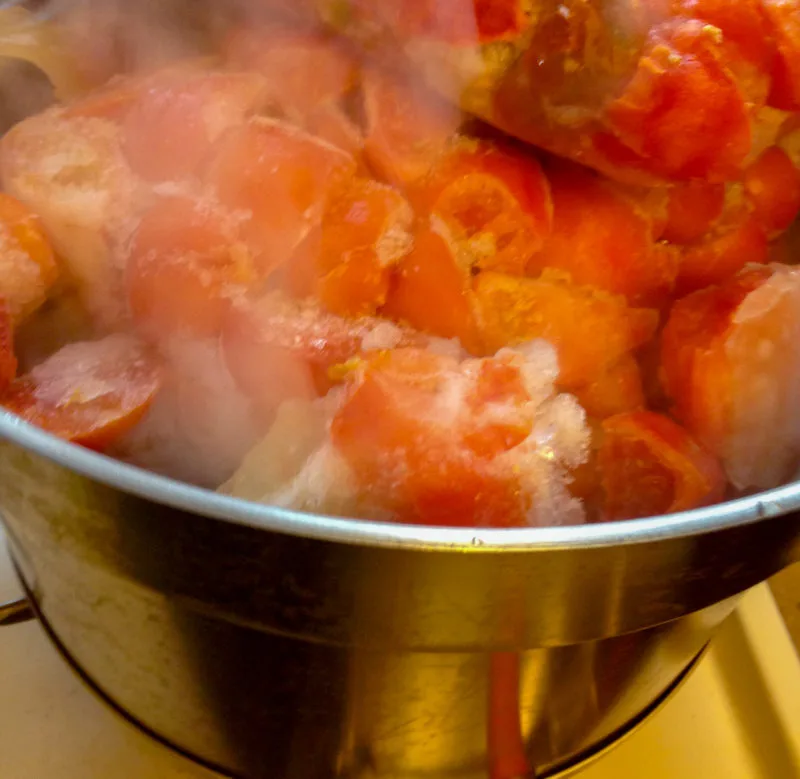
- Place the frozen tomatoes in the top of the Mehu-Liisa.
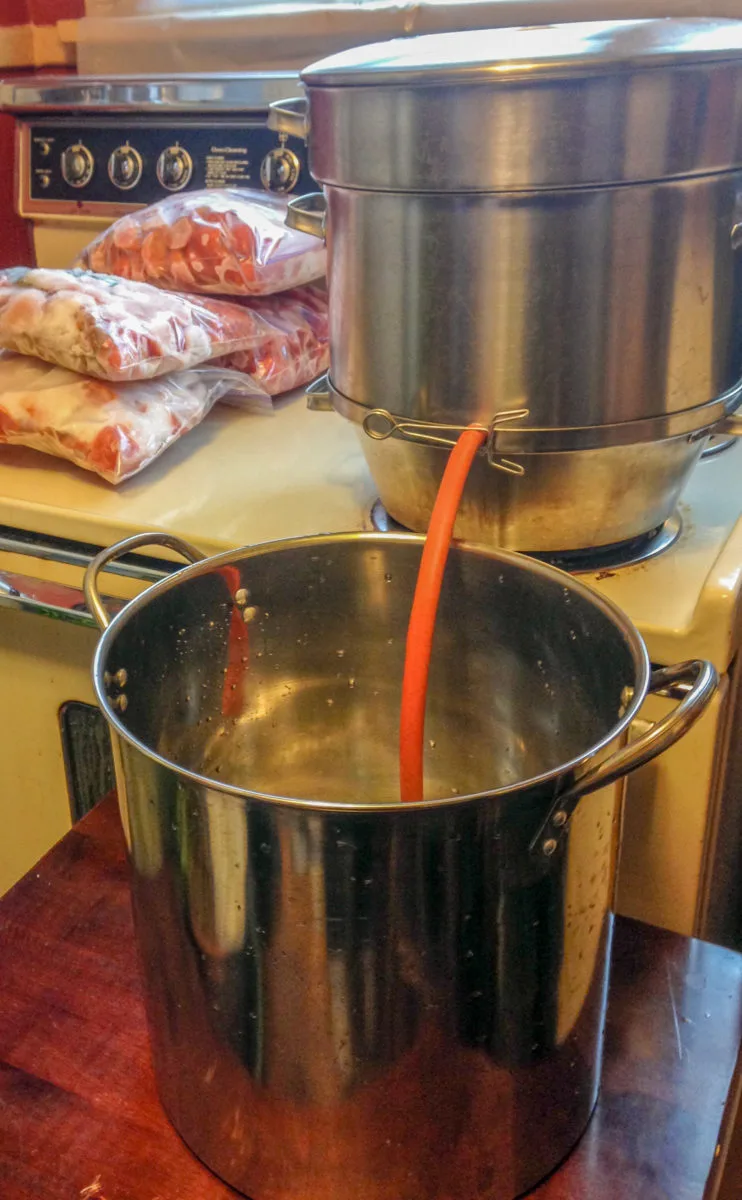
- Turn the heat to medium and allow the Menu-Liisa to extract the juice from the pulp.
- While the tomatoes are juicing add three cups cider vinegar to a large saucepan.
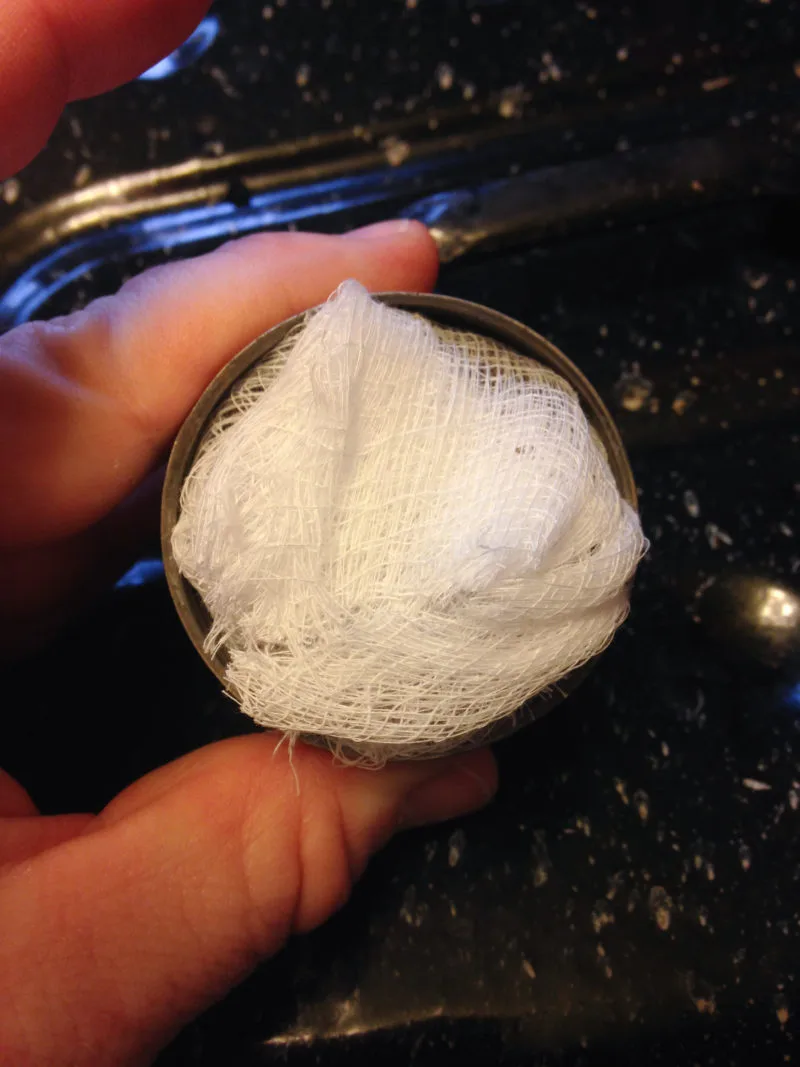
- Cut a piece of cheesecloth and put the celery seed and cloves into it, then tie it up and place it inside a tea ball.
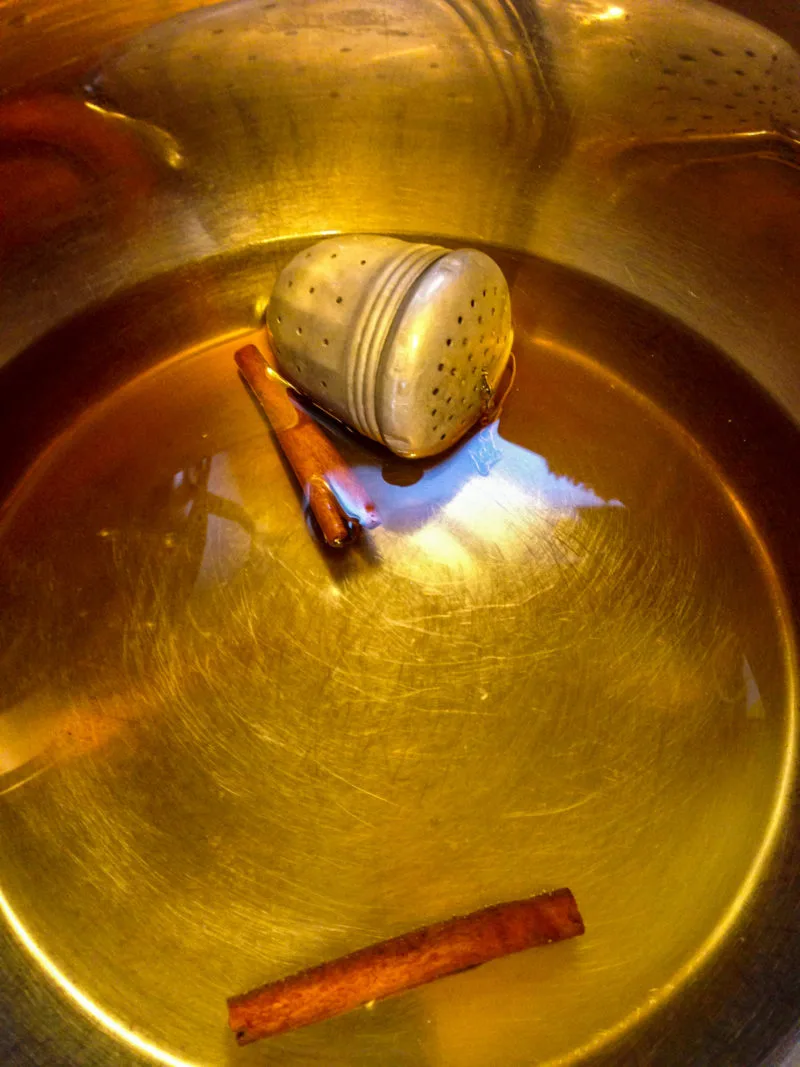
- Put the tea ball and the cinnamon sticks into the pan with the vinegar.
- Bring to a boil, then remove from heat and cover.
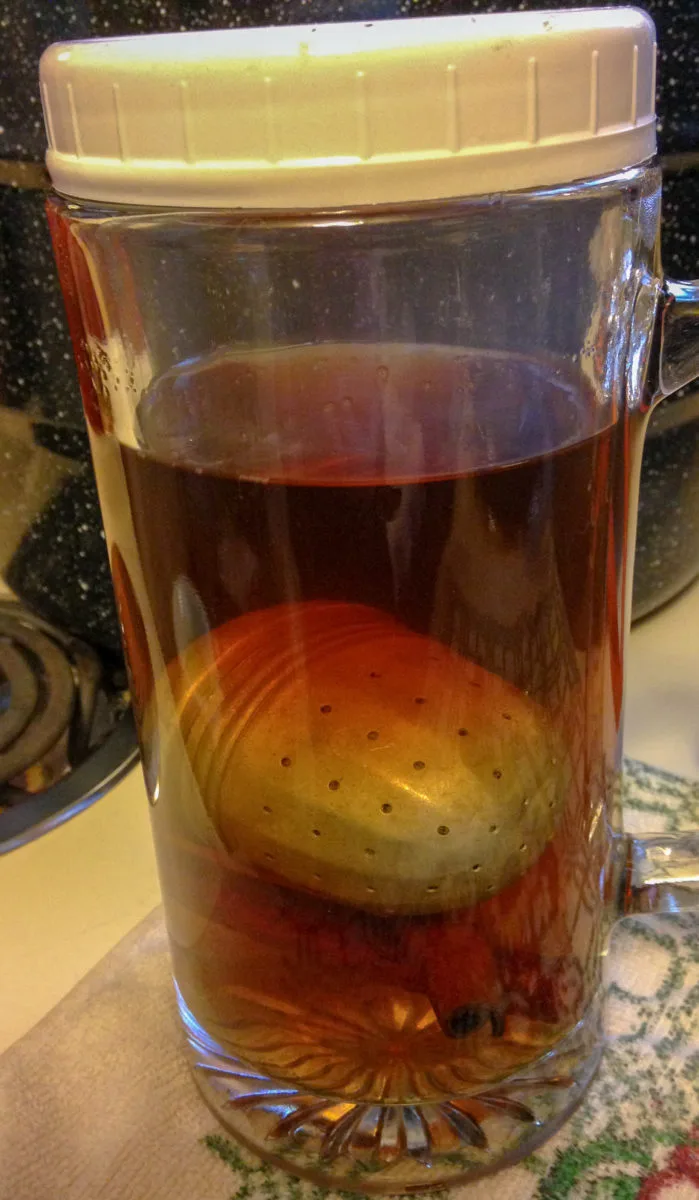
- Allow this to sit for 25 minutes then pour it into a glass container and allow it to cool. Once it is cool, remove the tea ball and the cinnamon sticks.
- Place tomatoes into the spiced vinegar, add one teaspoon of cayenne pepper and boil.
- Reduce the heat once the mixture begins to boil and cook for thirty minutes.
- The mixture should begin to thicken.
- Add ¼ cup canning salt and 1 ½ cups sugar.
- Bring to a boil, reduce heat and cook for about 45 minutes.
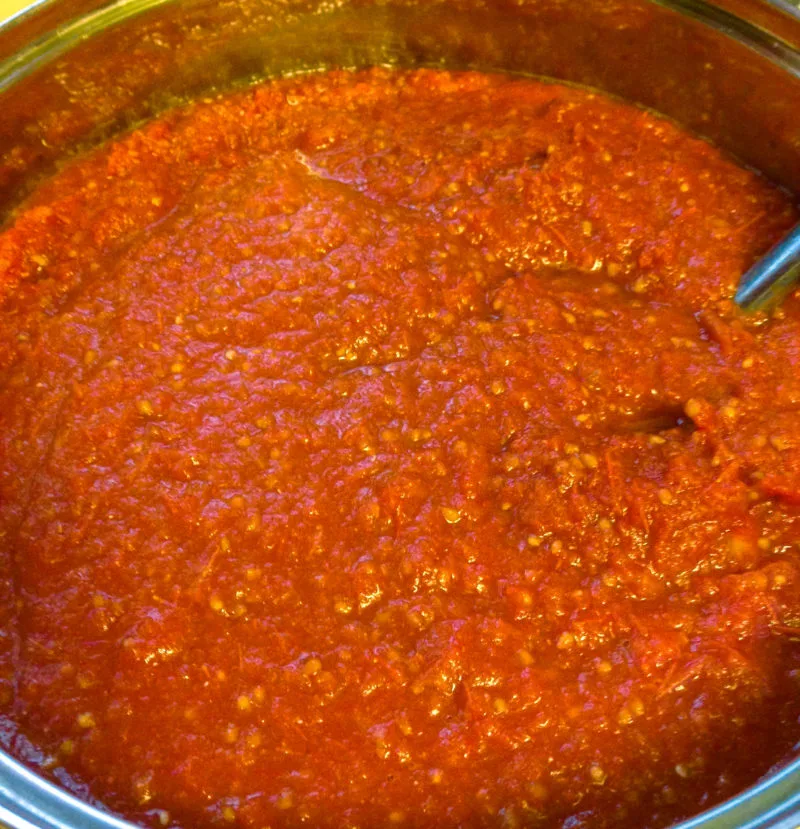
- The mixture will reduce by half and be about the consistency of store bought ketchup.
- While it is cooking, add garlic powder, chili powder and black pepper to taste.
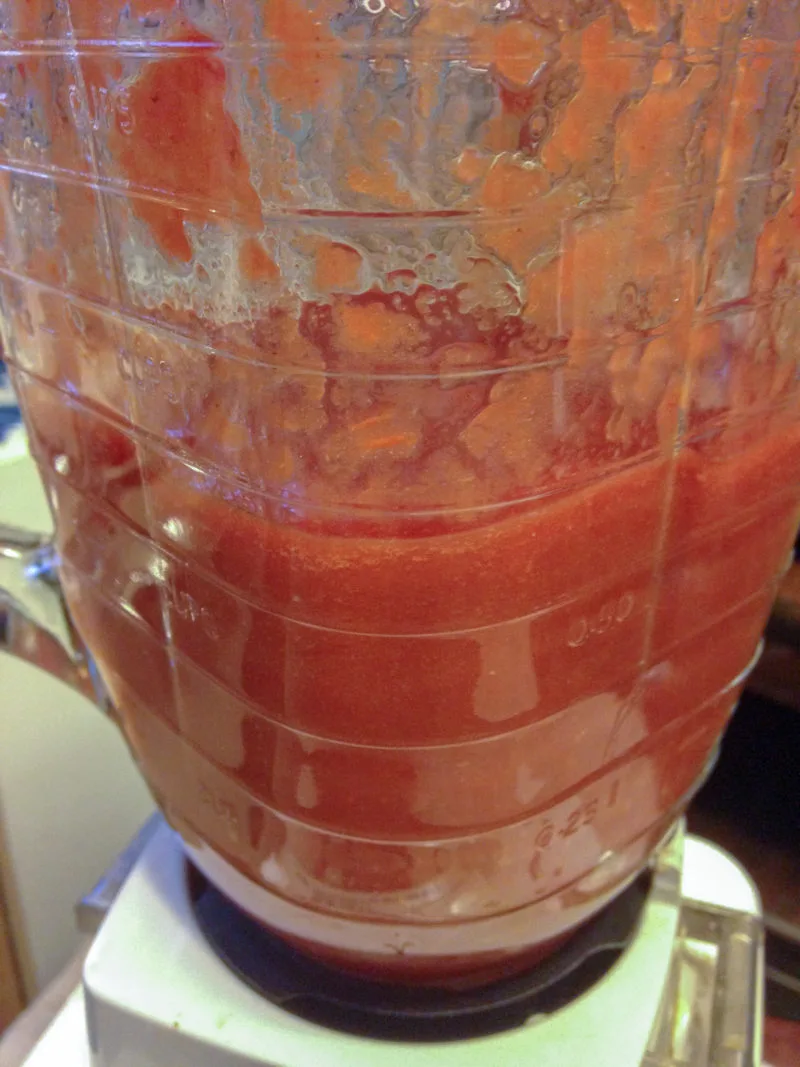
- For a smooth ketchup, ladle the mixture into a blender and liquefy it.
- To preserve, ladle into hot, sterilized pint jars leaving ½ inch headspace.
- Wipe jar rim, place sterilized lids and bands on making sure they are snug.
- Process in a cold pack canner for fifteen minutes, remove canner lid.
- Let the jars sit for five minutes, then remove them.
- When the jars are completely cooled, check to make sure they are sealed.
- If not, use immediately or put on a new lid and reseal.
Notes
- Prep Time: 30 minutes
- Cook Time: 1 hour 15 minutes
- Category: Condiments
- Method: Stovetop
How To Store Homemade Ketchup
Once the ketchup is canned and the lids are sealed, be sure to label the jars.
Then remove the band from the jars, use a damp paper towel to wipe the edges of the jar down and then place the jar in a cool, dark and dry place such as a cabinet.
Do not stack the jars because if a jar comes unsealed, it could reseal itself and you would not know.
Once you open a jar, use a plastic canning jar lid to reseal it and then place the jar in the refrigerator.
The ketchup will last quite a while kept in this fashion, although it is recommended to use the ketchup up within a week once the jars are opened.
Canning Food At Home
Packing And Sterilizing Canning Jars
The most important part of canning is packing and sterilizing the canning jars properly. Learn how to do this important step the right way.
The Ultimate List Of Home Canning Recipes
This ultimate list of home canning recipes are all tested and proven to work. Learn how to preserve the fruits and vegetables you grow in your garden!
Canning Broccoli Is No Longer Safe But You Can Still Preserve It
Although canning broccoli was once considered safe, times have changed thus freezing, dehydrating or freee drying broccoli is recommended.
Homemade Beef Stew Recipe For Canning
When it comes to having quick home cooked meals that just need reheated, this beef stew recipe for canning can't be beat!
Red Hot Apple Wedges Canning Recipe
Preserving your own food means trying new recipes, such as this red hot apple wedges canning recipe. While it is true, it is a good idea to stick to recipes you know you and your family will eat, it never hurts to branch out a bit.
Cinnamon Chocolate Mint Fruit Cocktail Recipe
This Cinnamon Chocolate Mint Fruit Cocktail recipe is ideal to use up some of your extra summer fruit or to combine some of the fruit you have already preserved to come up with something a little different.
How To Make Homemade Maraschino Cherries
Learn how easy it is to make and can your own homemade maraschino cherries. Not only do these taste great, but they are easy to preserve too!
Five Spice Cherry Canning Recipe
This five spice cherry canning recipe is a unique take on typical recipes for canning cherries. I love the way the spices complimented the tart cherries!
How To Easily Start Canning Blueberries
Learn how to easily start canning blueberries in your own kitchen. Home canning is a great way to preserve fresh foods that you or someone you know grew.
Apple Canning Recipes
There are many recipes for canning apples and I think I have tried them all. However the best way is to can them in plain syrup.
How To Make Raspberry Vinegar
A great way to preserve raspberries is to make raspberry vinegar. Its delicious on pork chops! Best of all you can preserve it for winter use by canning it.
Orange-Cranberry Vinegar And Marinade Recipe
This orange-cranberry vinegar and marinade recipe is easy to make, easy to can and tastes great!
Homemade BBQ Sauce Recipe
This homemade bbq sauce recipe uses fresh tomatoes and is perfect for canning. Use it as it is or as a base sauce to create different types of BBQ sauces.
How To Make Cajeta Goat Milk Caramel
Learn how easy it is to make cajeta goat milk caramel from fresh goat milk. Plus learn how to preserve it for winter use by canning it.
How To Make Homemade Honey
Learn how to make homemade honey right in your own kitchen using a mixture of water, sugar, red clover, white clover and fireweed!
How To Make Rose Petal Jelly
Learn how to make rose petal jelly using fresh rose petals from your favorite organically grown roses. Try different roses for unique flavored jelly.
Delicious Raspberry-Chocolate Sundae Topper Recipe
This delicious, easy-to-make raspberry-chocolate sundae topper is an ideal canning recipe making it easy to serve to guests or give as gifts!
Try These Off Season Food Preservation Ideas
These off season food preservation ideas are perfect for the off season. There are lots of items you can fill your freezer with or even can year-round.
Importance Of Food Preservation Inventory
Do you understand the importance of food preservation inventory? From spices to food stored in the freezer and pantry, this list can help you save money.
Four Factors That Affect Food Storage
Understanding the four factors that affect food storage is essential for keeping your food safe, especially if you intend to store it long term.
Canning Food: Is It Worth The Time And Effort?
Learn if canning food at home is really worth the time and effort involved as well as about some of the supplies you need to get started.
Home Canning Supplies
There are a number of home canning supplies you need to get started canning food at home, the Bellemain Kit contains 6 of them.
Canning At Home
When canning at home making sure everything is clean and in good condition is essential for food safety and your families health.
Fruit Juice Concentrate
Learn how to make your own fruit juice concentrate at home using fresh fruits from your garden or the farmers market.
Preserving Citrus Fruits
Preserving citrus fruits is something you want to know how to do if you grow your own, buy in bulk or have citrus fruits given to you.
Preparing Fresh Green Beans
Get out of the grocery store and into home-canning fresh green beans. Experience the symbiotic relationship of land and food security.


